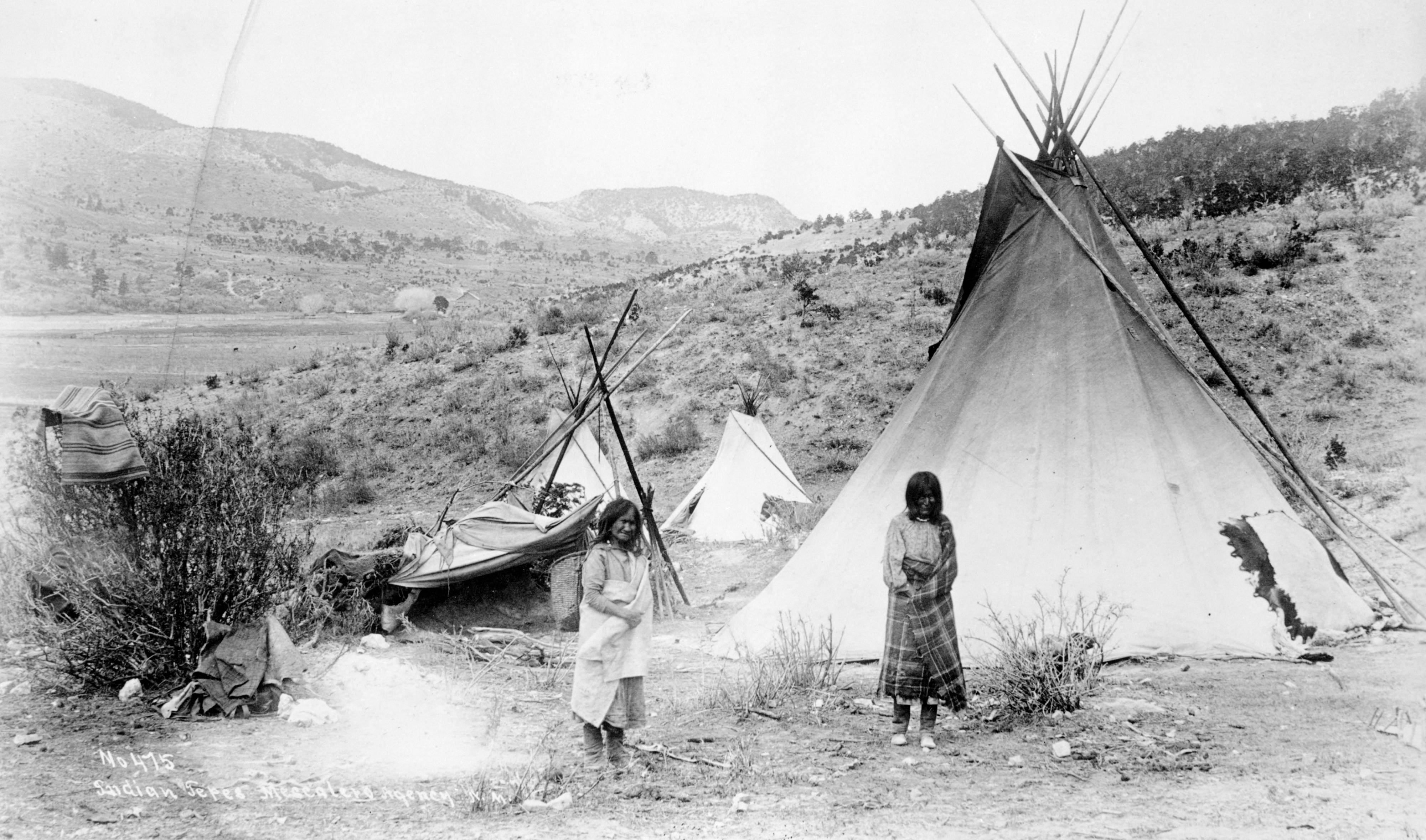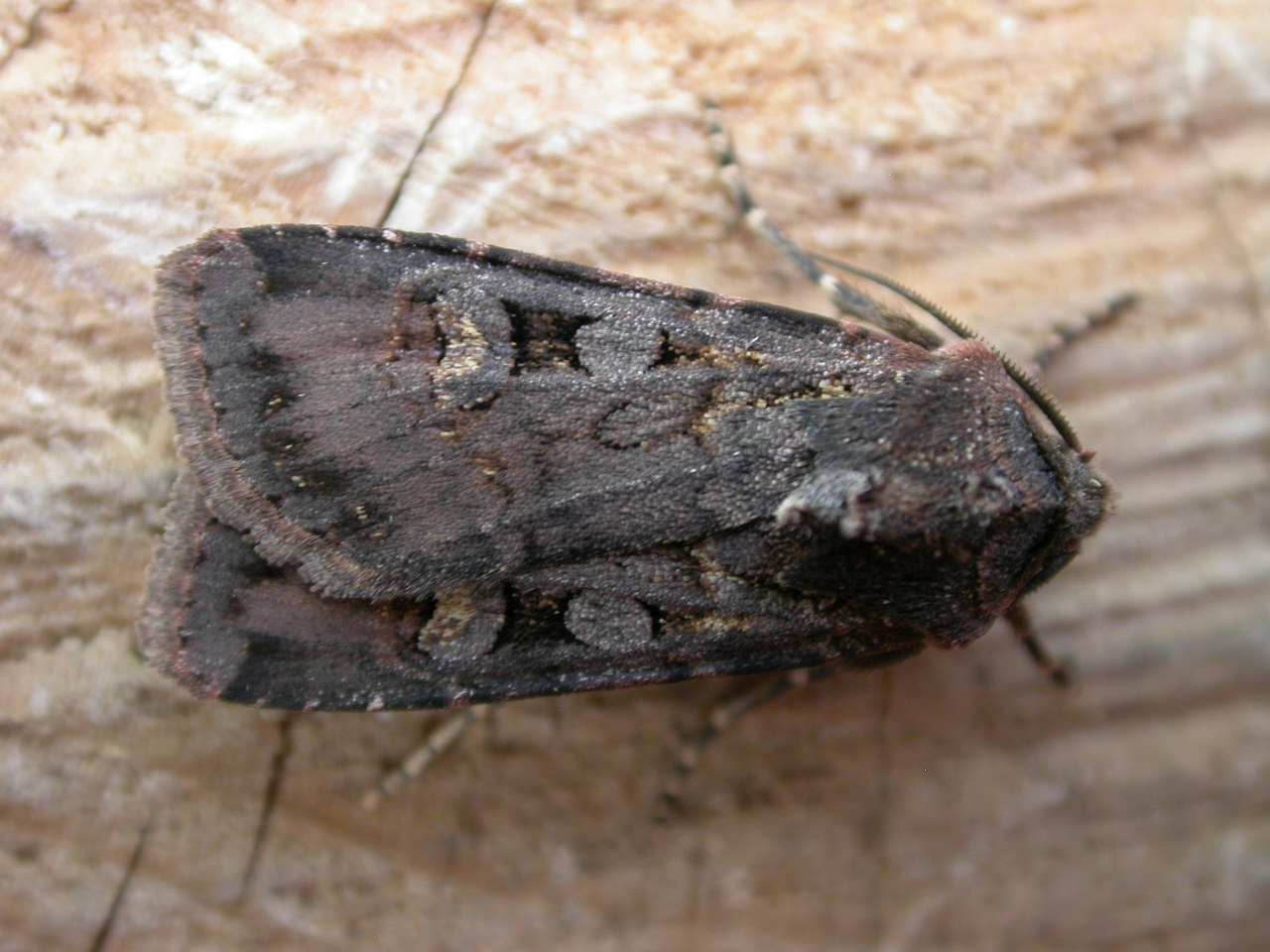|
Protogygia Pectinata
''Protogygia pectinata'' is a moth of the family Noctuidae. It is found in the White Sands National Park White Sands National Park is an American national park located in the state of New Mexico and completely surrounded by the White Sands Missile Range. The park covers in the Tularosa Basin, including the southern 41% of a field of white sand dun ..., Otero County, New Mexico. External linksThe Lepidoptera of White Sands National Monument, Otero County, New Mexico, USA 1. Two new species of Noctuidae Noctuinae Moths described in 2004 {{Noctuinae-stub ... [...More Info...] [...Related Items...] OR: [Wikipedia] [Google] [Baidu] |
Moth
Moths are a paraphyletic group of insects that includes all members of the order Lepidoptera that are not butterflies, with moths making up the vast majority of the order. There are thought to be approximately 160,000 species of moth, many of which have yet to be described. Most species of moth are nocturnal, but there are also crepuscular and diurnal species. Differences between butterflies and moths While the butterflies form a monophyletic group, the moths, comprising the rest of the Lepidoptera, do not. Many attempts have been made to group the superfamilies of the Lepidoptera into natural groups, most of which fail because one of the two groups is not monophyletic: Microlepidoptera and Macrolepidoptera, Heterocera and Rhopalocera, Jugatae and Frenatae, Monotrysia and Ditrysia.Scoble, MJ 1995. The Lepidoptera: Form, function and diversity. Oxford, UK: Oxford University Press; 404 p. Although the rules for distinguishing moths from butterflies are not well establishe ... [...More Info...] [...Related Items...] OR: [Wikipedia] [Google] [Baidu] |
Noctuidae
The Noctuidae, commonly known as owlet moths, cutworms or armyworms, are a family of moths. They are considered the most controversial family in the superfamily Noctuoidea because many of the clades are constantly changing, along with the other families of the Noctuoidea. It was considered the largest family in Lepidoptera for a long time, but after regrouping Lymantriinae, Catocalinae and Calpinae within the family Erebidae, the latter holds this title now. Currently, Noctuidae is the second largest family in Noctuoidea, with about 1,089 genera and 11,772 species. This classification is still contingent, as more changes continue to appear between Noctuidae and Erebidae. Description Adult: Most noctuid adults have drab wings, but some subfamilies, such as Acronictinae and Agaristinae, are very colorful, especially those from tropical regions (e.g. '' Baorisa hieroglyphica''). They are characterized by a structure in the metathorax called the nodular sclerite or epaulette, whic ... [...More Info...] [...Related Items...] OR: [Wikipedia] [Google] [Baidu] |
White Sands National Park
White Sands National Park is an American national park located in the state of New Mexico and completely surrounded by the White Sands Missile Range. The park covers in the Tularosa Basin, including the southern 41% of a field of white sand dunes composed of gypsum crystals. This gypsum dunefield is the largest of its kind on Earth, with a depth of about , dunes as tall as , and about 4.5 billion short tons (4.1 billion metric tons) of gypsum sand. Approximately 12,000 years ago, the land within the Tularosa Basin featured large lakes, streams, grasslands, and Ice Age mammals. As the climate warmed, rain and snowmelt dissolved gypsum from the surrounding mountains and carried it into the basin. Further warming and drying caused the lakes to evaporate and form selenite crystals. Strong winds then broke up crystals and transported them eastward. A similar process continues to produce gypsum sand today. Thousands of species of animal inhabit the park, a large portion of which are ... [...More Info...] [...Related Items...] OR: [Wikipedia] [Google] [Baidu] |
Otero County, New Mexico
Otero County is a county located in the U.S. state of New Mexico. As of the 2010 census, the population was 63,797. Its county seat is Alamogordo. Its southern boundary is the Texas state line. It is named for Miguel Antonio Otero (born 1859), Miguel Antonio Otero, the territorial governor when the county was created. Otero County includes the Alamogordo Micropolitan Statistical Area. History The county declared a state of emergency in April 2019 when the United States Border Patrol interior checkpoints, federal inspection stations on U.S. Route 70 and U.S. Route 54 were left unstaffed by U.S. Customs and Border Protection as part of the temporary closure of all six checkpoints in the El Paso Sector, which covers West Texas and New Mexico. The county was concerned about the possibility of illegal narcotics flowing north unchecked since the checkpoint agents had been shifted to the border to help process migrant asylum-seekers. The inspection stations reopened August 5, 2019. O ... [...More Info...] [...Related Items...] OR: [Wikipedia] [Google] [Baidu] |
Noctuinae
The Noctuinae are a subfamily of the family Noctuidae, and is composed of moths. The larvae of many species feed on roots or stems of various grasses. Some are generalist feeders which makes them potential pests. Noctuid systematics is in a state of flux; the list of tribes is provisional and other groups now considered more distinct (e.g. Hadeninae) were formerly included here. Likewise, the validity of the tribe Xestiini is doubtful for example. See also * List of Noctuinae genera Approximately 600 genera belong to the subfamily Noctuinae, cutworm or dart moths. There are more than 7,000 described species in this subfamily of Noctuidae. Noctuinae genera ; Tribe Actinotiini Beck, 1996 : ''Actinotia'' Hübner, 1821 : ''Alastr ... References * {{Noctuinae-stub ... [...More Info...] [...Related Items...] OR: [Wikipedia] [Google] [Baidu] |

.jpg)

